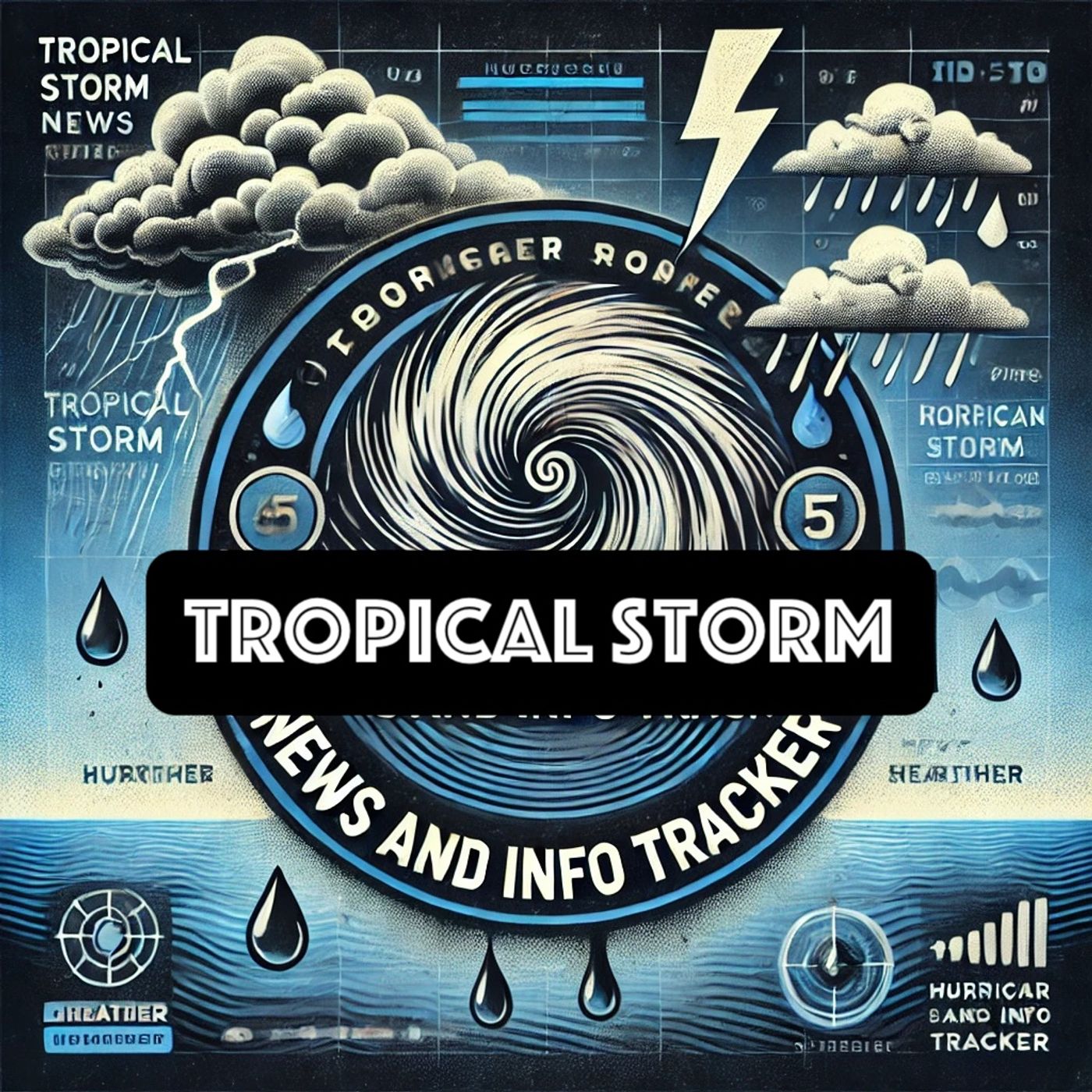Listen "Tropical Storm Brewing in Atlantic: Monitoring Dust, Potential Impacts"
Episode Synopsis
As of Tuesday, June 10, meteorologists are closely monitoring developments in the Atlantic as a tropical storm continues to garner attention. Named "Tropical Storm," it presents potential concerns for regions typically affected during this season.Tropical storm systems in the Atlantic often originate from disturbances off the African coast, particularly as waves of thunderstorms that can organize into tropical storms or hurricanes under favorable conditions. This process is carefully analyzed by experts to predict potential paths and impacts.Currently, the storm is situated in the Atlantic Ocean, where the presence of Saharan dust is noted. Saharan dust, which migrates from the African desert across the Atlantic, can inhibit storm development. Dust-laden air often stabilizes atmospheric conditions and reduces storm formation by drying out the air. However, if conditions change, such as a reduction in dust or increased moisture, the tropical system could intensify.While the tropical storm designation indicates a system with organized thunderstorms and wind speeds ranging from 39 to 73 mph, its potential trajectory and strength remain under constant surveillance. Currently, no direct land impact has been predicted, but those in the Caribbean and southeastern United States are advised to stay informed. The situation can rapidly evolve, necessitating quick response measures.Meteorologists utilize advanced models and satellite imagery to track the storm's movement and characteristics. These tools allow experts to offer timely updates and necessary alerts to communities potentially in the storm's path. The situation underscores the importance of vigilance during the hurricane season, a period when tropical cyclones frequently pose risks to life and property in vulnerable coastal areas.Residents in areas that could potentially be impacted are encouraged to review emergency plans and remain attuned to future updates from official sources, such as the National Hurricane Center. Having supplies ready and understanding evacuation routes are critical components of preparedness.For the moment, the influence of Saharan dust remains a pivotal factor in the outlook for this tropical storm, helping to hinder its development. Nonetheless, weather predictions could change if environmental conditions shift. As such, this tropical storm serves as a reminder of nature's unpredictability and the need for preparedness in regions where these natural events are common.In conclusion, the tropical storm in the Atlantic represents a situation requiring ongoing observation and readiness. The presence of inhibiting Saharan dust provides some mitigation against immediate intensification, but continued monitoring is essential for potential changes in its status and trajectory. Communities within reach of the storm's possible path should stay updated through reliable forecasts and maintain preparedness protocols.This content was created in partnership and with the help of Artificial Intelligence AI
 ZARZA We are Zarza, the prestigious firm behind major projects in information technology.
ZARZA We are Zarza, the prestigious firm behind major projects in information technology.
